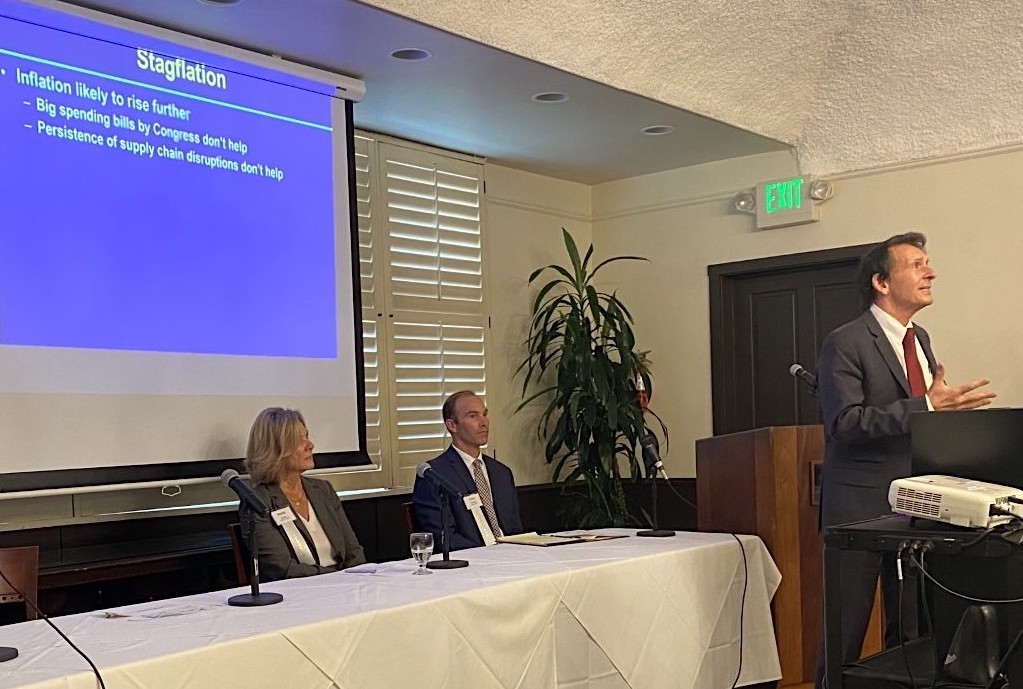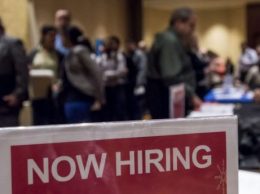Economist: Return of international travelers could strain hospitality industry
IN THIS ARTICLE
- Central Coast Topic
- pacbiztimes Author
By pacbiztimes Friday, November 12th, 2021

Reopening international travel to the United States might create some problems in Santa Barbara in wake of employment disruptions triggered by the pandemic, especially in the restaurant industry, economic Mark Schniepp said at a Nov. 11 economic forecast event.
On Nov. 8, the U.S. lifted travel restrictions from specific countries and vaccinated international visitors entered the country. For more than a year and a half, non-U.S. citizens were banned due to COVID-19-related measures.
Santa Barbara’s economy relies heavily on tourism. Pre-pandemic, a survey conducted by San Francisco-based Destination Analysts showed that visitor-related spending contributed nearly $2 billion to the South Coast economy.
But Schniepp, director of the Santa Barbara-based California Economic Forecast, said he’s not sure the area can easily accommodate an influx of international travelers.
“We haven’t needed international travel in the last six months or so because our occupancy rates at our hotels are practically full and the restaurants are full,” Schniepp said during a Nov. 11 economic forecast event hosted by Santa Barbara Executive Round Table at the University Club of Santa Barbara. “I don’t know if we have any more capacity.”
Santa Barbara has seen a lot of changes to its downtown during the pandemic. The city closed part of State Street to vehicles, giving pedestrians more room and opening up street and sidewalks areas for outdoor dining.
State Street is vibrant, Schniepp said. However, the number of people working in California restaurants is below the pre-pandemic level. Restaurant employment in the state is still down about 200,000 workers since the start of the pandemic in March 2020.
Restaurants are struggling to find cooks and servers as it is now, Schniepp said. A lack of workers has caused restaurants to cut back table service.
“They’re not filling tables because they can’t service them,” Schniepp said. “And now we’re going to be inundated, an invasion of foreigners from Europe, China and Mexico. … This is going to end up being an issue that you’re going to hear about, and if you’re going to go to a restaurant, I’d go right now. You’re not going to be able to get in for quite some time until we can resolve this labor shortage.”
The pandemic has caused worker shortages in the U.S., specially in lower-wage, customer-facing service industries like restaurants.
In Santa Barbara County, the unemployment rate was 4.7% in September, down from 5.5% in August. Ventura County’s unemployment rate stood at 5.3% in September, a drop compared to 6.2% in August. San Luis Obispo County had a 4.6% unemployment rate in September, down from 5.5% in August.












